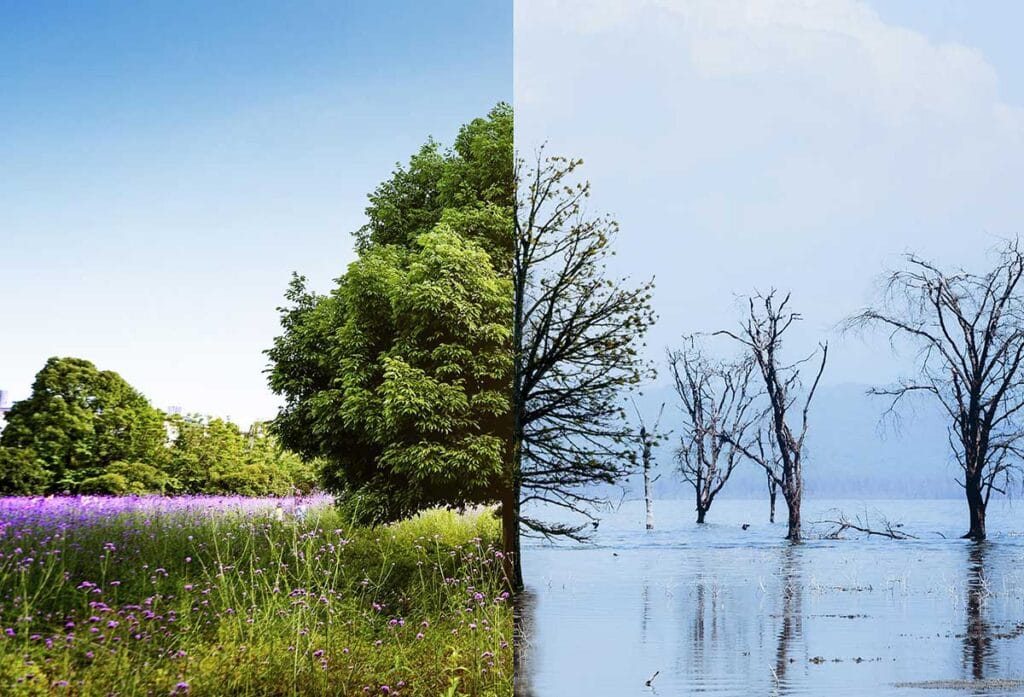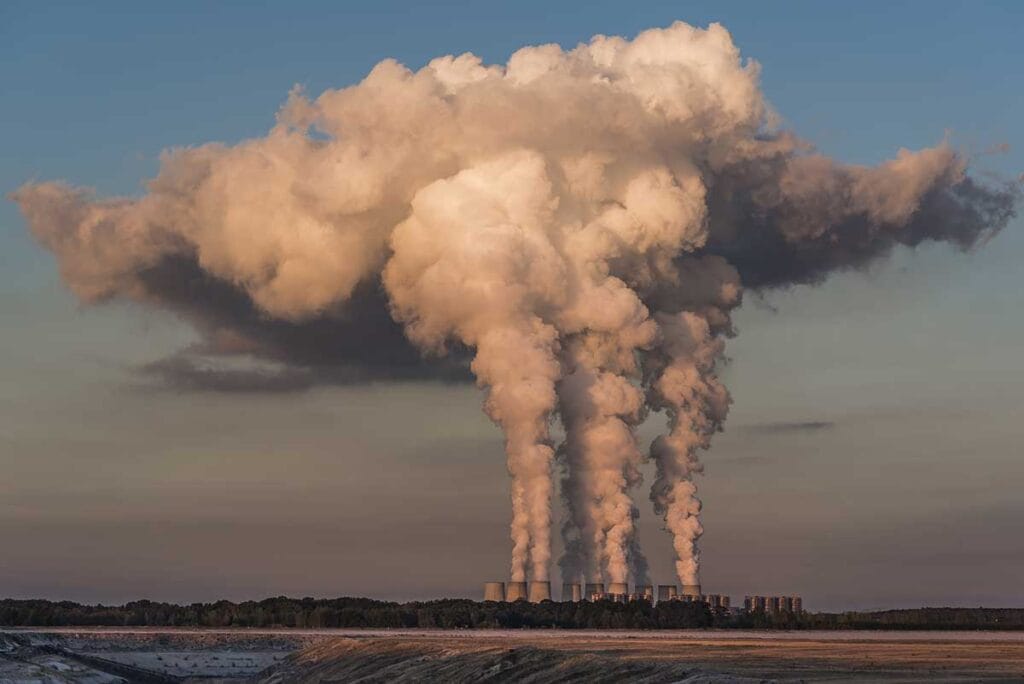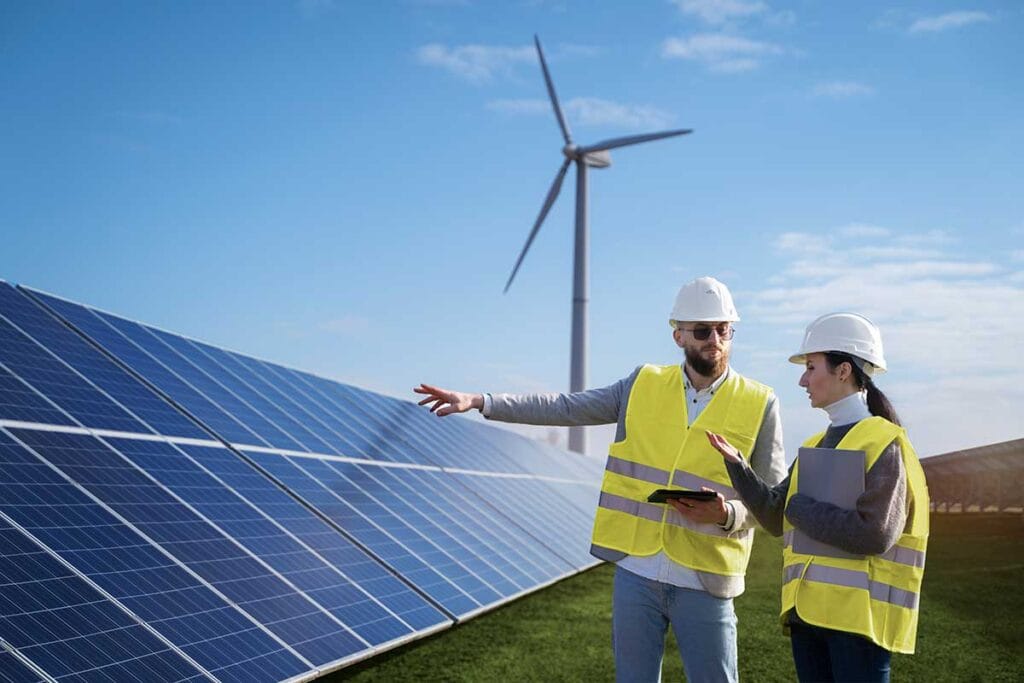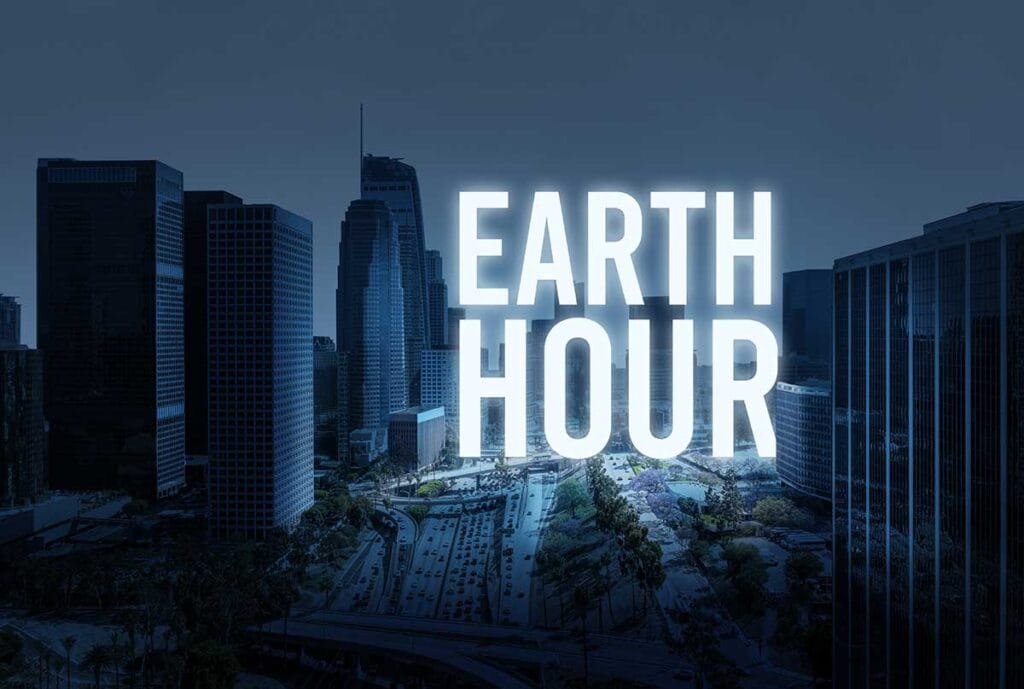The environmental movement to protect our planet has gained traction and attention over the years, especially in the last few. We hear a lot about how we need to save our environment and conserve it, to avoid the adverse consequences of climate change as well. But do we ever think about the origins of all these problems? What is one of the most significant contributors to environmental degradation and climate change? The answer to this question is ‘Development’!

There are many challenges that become prominent when we think about balancing out the two aspects which tend to move in opposite directions. One of them, and probably the most important of them all, is our dependency on fossil fuels. The development programs of most major countries are powered by these energy sources, the primary source of greenhouse gas emissions worldwide. Our economies, in turn, are run by industries that make use of these energy resources. Agriculture is another sector that contributes to environmental degradation, mainly through stubble burning, deforestation, and excessive use of synthetic fertilizers and pesticides. One of the most relevant examples of this is what is currently happening in Delhi. India’s capital is facing pollution that is capable of choking people with its toxicity, with an Air Quality Index (AQI) of more than 450 or 500 on successive days.

The Earth has been experiencing stable temperatures for approximately the last 10,000 years, with variations of average temperatures restricted to around 1 or 2oC. Before that, there used to be variations of around 10oC. Because of such a stable environment, mankind has been able to prosper. But have now engaged in or contributed to activities that are core to the destruction of that very stability that has helped us thrive. Climate change is not something to worry about tomorrow or put off for later. In 2015, after long negotiations by various governments of the different member countries, the Paris Climate Agreement was established. It codified the limit up to which the earth can tolerate global warming before climate change becomes irreversible. That limit was set at around 1.5oC, with some scientists saying up to 2oC. We are at a much faster pace to reach that limit currently with the rate of emissions going on. The United Nations Secretary-General, Antonio Guterres, described this situation quite accurately at the beginning of this year’s COP27 in Egypt. He said that “we are on a highway to ‘Climate Hell.”
It is time that we start to think about developing solutions to this problem and implementing the ones that we currently have. Development is key to progress and a better quality of life. There should be a balance between the environment and our need for development. Both of these factors combined lead us toward sustainable development. This is important for stable growth. Sustainability will benefit all factions of society. It will also bring resilience to our economy, promoting the welfare of the people and the ability to bounce back from any crisis it may face.

It is time that we start transitioning away from fossil fuels and investing in renewables like wind, solar, and possibly hydrogen power. These are zero emitters of greenhouse gases and will also help India to become energy independent, thus benefitting our people and the economy in the long run. It will protect our markets from the volatile prices of fossil fuels. We must also have a strong legal system to ensure that climate justice is carried out and one community is not disproportionately disadvantaged over the other. Reforestation and afforestation should be carried out in places where the diversity of species can be maintained, with the types of plants chosen carefully, with local needs in mind. We must make use of modern technologies and methods like carbon capture, to reduce the amount of carbon dioxide in the atmosphere.

We can reflect upon the fact that we are dependent on the environment for our everyday needs, so we must not destroy its capability to support us.
We should do everything in our power to ensure the environment as well as the well-being of people is balanced out in our goals to pursue sustainable development. That is the only way to orient ourselves forward.